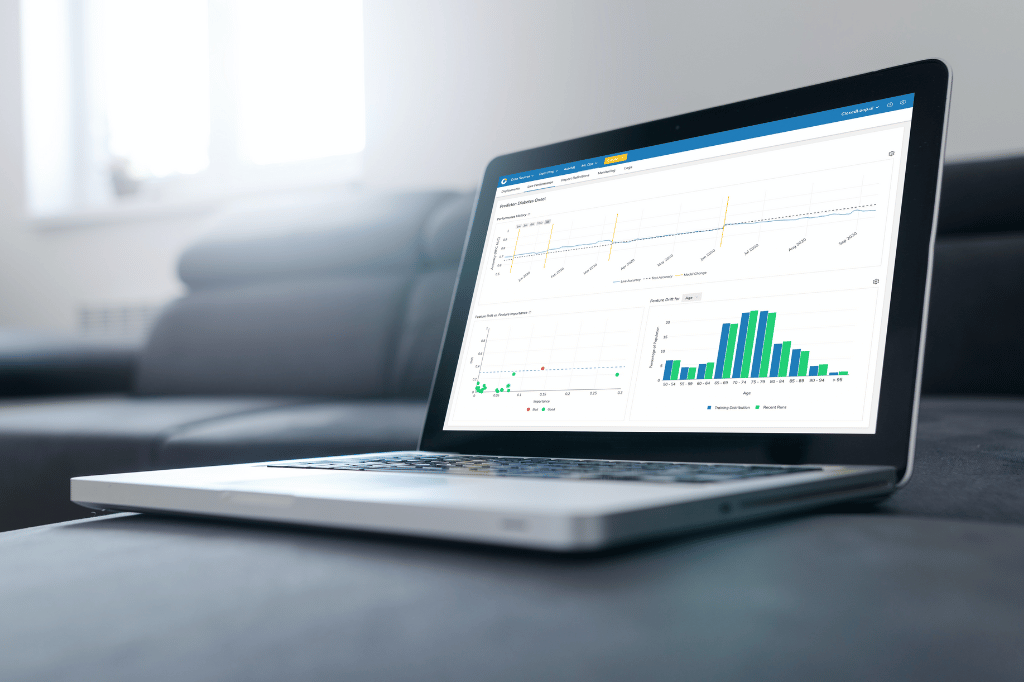As the COVID-19 pandemic continues to spread, it has an increasingly large impact on our healthcare system. Some damage is immediate and obvious and seen daily in headlines and newscasts. Some will be longer term and from things we might not imagine. Surprisingly, it won’t be due to the healthcare people need for COVID-19. It will be due to the healthcare people aren’t getting.
Delayed Care
Basic healthcare needs aren’t being met for millions of Americans. During the pandemic, patients have skipped healthcare visits, wellness exams, check-ups, and regular appointments for chronic conditions. They have also avoided more urgent needs. In fact, visits to emergency rooms have dropped significantly. ERs that would normally see 100 patients a day have seen volumes drop to 30 or 40 patients. Hospitals have reported a 40 to 60 percent reduction in heart attack admissions, which is disconcerting since patients certainly still suffer from cardiac distress.
A recent Avalere study revealed that, for Medicare, overall utilization and reported diagnoses have declined significantly. Beneficiaries with claims dropped from over 20% in January, February and March to 4% in April. The number of diagnoses reported also decreased. In January, 28% of beneficiaries reported 10 or more diagnoses. By April, this had dropped to 14%. But fewer diagnoses didn’t mean these people were getting better.
Impact on Patients
For people living with chronic conditions, regular therapy and treatment regimens are critical to managing their condition. In many cases, even postponing visits can result in complications or even death. In Bellevue, Washington, a stroke patient delayed care for nearly a week because of the coronavirus. When she finally went to the hospital, they discovered a massive brain bleed. She ultimately died due to the severity of her condition. According to her neurosurgeon, situations like this can be mitigated or prevented if patients seek care when symptoms first appear.
Delayed care is also affecting patients with acute conditions. For example, for Dr. Evert Eriksson at the Medical University of South Carolina, “70 percent of the appendicitis on [my] service right now are late presentations.” These require difficult surgical procedures to remove a ruptured appendix and a prolonged stay to address infections. Had they received care when symptoms first appeared, they would have a routine appendectomy and an overnight hospital stay.
Impact on Physicians
Physicians are also impacted by delayed care, especially PCPs. They have experienced an unprecedented decrease in volume and revenue. A recent survey found that despite some relief funding, 75% of practices were operating under severe or near-severe stress, 14% had closed temporarily, and 1% had closed permanently.
For primary care practices across the United States, the revenue shortfall is $15 billion. This would balloon substantially if there is a second viral peak (or if telehealth reimbursement reverts back to pre-COVID levels). If that happens, the added losses would push even more practices over the edge. This would weaken the health system dramatically when we need it at its strongest.
We need a primary care system equipped to address the unmet needs from delayed healthcare. We need its attention focused on the chronic conditions that will determine the health of Americans for years to come. And we need a primary care system equipped to deliver long-term COVID-19 care management, testing, and vaccination. PCPs will surely play an important role.
Impact on Managed Care and Risk Adjustment
Right now, health plans are experiencing a temporary tailwind due to favorable Medical Loss Ratios (MLRs) from lower utilization. It will be short-lived, though, as payers continue to absorb the costs for COVID-19 care. Costs in 2020 from COVID-19 hospitalizations have been estimated to range from $9.6B to $16.9B (influenza’s annual inpatient cost is $1.3B) and do not include the consequences of delayed care from patients with serious chronic conditions.
Longer term, a surprising consequence is its potential to destabilize the entire Medicare Advantage (MA) program. This should be alarming to the 24 million Americans and an entire industry that have come to rely upon it.
The report by Avalere estimates that the deferral of healthcare for seniors in MA plans could lead to a 3-7% reduction in payments in 2021. Even greater reductions are possible if there is a second wave of COVID-19 cases. The impact of such a decrease in risk adjustment, especially if exacerbated by deferred care, would be massive.
To understand why this could happen, we can look to the CMS risk adjustment methodology. Risk adjustment is quietly becoming an economic cornerstone in healthcare. CMS uses it to estimate the future costs for each Medicare beneficiary and to make payments to MA plans.
At method’s center sits the Hierarchical Condition Category (HCC). HCCs are calculated using diagnosis codes captured during face-to-face office visits. Because HCCs determine the level of payment, they strongly influence an organization’s economic viability, available resources and care delivery capacity. This makes accurate and complete diagnosis coding both an economic and clinical imperative.
Avoiding a Catastrophe in 2021
Policy makers, health plans, and physicians have been working aggressively to address these issues. Their strategies include telehealth, targeted member engagement, and physician financial support.
Enabling Telehealth Technology
The advantages of telehealth services have never been more clear. Safely engaging patients via telehealth minimizes the risk and spread of COVID-19 and can deliver real-time, high-quality virtual care.
Early on, CMS quickly approved temporary coverage of telehealth. Beneficiaries were able to access services from their home and at a comparable cost (to an in-person visit). Recently, President Trump signed the Executive Order on Improving Rural and Telehealth Access, which calls for this to be made permanent, particularly in rural areas where it is especially useful.
CMS reported the use of telehealth skyrocketed. Pre-pandemic use averaged 13,000 telehealth visits per week. In April, nearly half of all Medicare fee-for-service PCP visits occurred via telehealth versus less than 1% in February. The last week of April alone saw almost 1.7 million Medicare beneficiaries get a telehealth visit. Importantly, CMS also approved telehealth as a means to gather risk adjustment data (so long as data was gathered via real-time audio-video, and not just audio-alone).
Proactively Engaging Members for Primary Care
Given the circumstances, it is vital for health plans to proactively engage members to schedule telehealth visits with their PCPs. It supports continuity of care and mitigate preventable adverse events. This is especially true for seniors, who have increased risk for many chronic conditions and a greater vulnerability to complications from COVID-19.
Some Medicare Advantage plans already use in-home assessments as part of their annual risk adjustment program. They increase care access , HCC accuracy, quality, and member assessment. During this crisis, in-home assessments aren’t an option. Instead, organizations can help providers use telehealth to perform annual health visits and to capture accurate and complete documentation.
Physician Financial Support
An example of one novel program is from Blue Cross Blue Shield of North Carolina, the second-largest payer in NC. They launched a two-year program to keep independent primary care practices solvent during the pandemic. Their program, Accelerate to Value, helps providers financially in the near-term and nudges them toward value-based payments down the road. Participating practices receive supplemental payments to stabilize revenue for primary care services at pre-COVID-19 levels through 2021. Ex-CMMI official Lisa Bari cheered the program. She hopes other Blues plans follow suit and that CMMI structures a model in the same way. “Now is the time to change the way we pay for and deliver primary care,” Bari said.
The Opportunity for AI
There may never be a more important and opportune time to use AI to help identify patients with undocumented-yet-suspected HCCs. Traditional approaches to identifying “suspects” rely on simple rules. They cannot easily exploit multiple data sources and are incapable of automatically learning or adjusting to data’s new patterns.
Using AI to identify “Suspect HCCs” would help organizations produce accurate and complete documentation. It can also identify and prioritize actionable opportunities for clinical teams, and enhance education and management efforts. AI-based models can identify and highlight:
- any suspect HCC and its likelihood
- the factors that best explain each suspect HCC, and
- the expected impact on risk adjusted payments.
The specificity and actionability of these kinds of models would help organizations enhance their care documentation, improve HCC capture rates, and accurately reflect the profiles of complex patients. They would also help clinics to:
- Schedule high-risk patients related to target chronic conditions
- Present actionable opportunities to physicians and clinical teams
- Enhance prospective chart reviews and opportunities
- Provide physician / clinical staff education and management
- Estimate annualized economic impacts
Healthcare organizations are facing unprecedented challenges. AI can become an integral part of their strategy. By reducing the impact of COVID-19 on risk-based payments, it can increase revenue and with it, the capacity to deliver high quality care.
Interested in reading more about the impact of COVID-19 and the opportunity for AI to help alleviate some of the burden? Check out these related posts:















